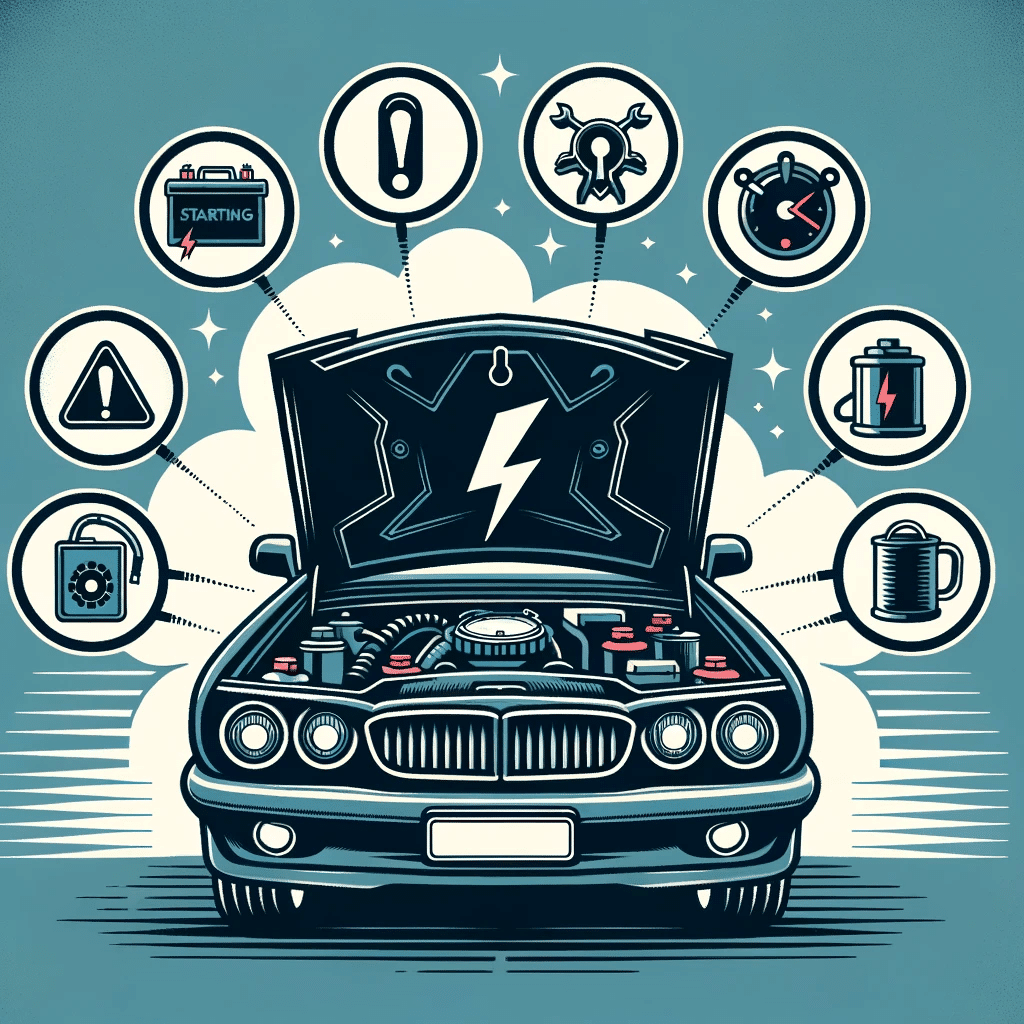Car starting problems can be a frustrating and inconvenient experience for any driver. Whether your car won’t start at all or is struggling to turn over, it can leave you stranded and unsure of what to do next. The good news is that many common car starting problems can be easily diagnosed and resolved without the need for expensive repairs or trips to the mechanic.
Signs of Car Starting Problems
The first step to troubleshooting car starting problems is to identify the initial signs. Some common signs of car starting problems include:
- The car won’t start at all
- The car takes longer than usual to start
- The engine cranks but won’t start
- The dashboard lights flicker or dim when you try to start the car
- You hear a clicking sound or a whirring noise when you turn the key
If you experience any of these symptoms, it’s important to address them promptly to avoid being left stranded on the side of the road.
Common Culprits Behind Car Starting Problems

There are several common culprits that can cause car starting problems. Some of the most common include:
- Dead or weak battery
- Faulty starter motor
- Faulty ignition switch
- Problem with the fuel system
- Faulty spark plugs
How to Troubleshoot Car Starting Problems
Once you have identified the initial signs of car starting problems and have a general idea of the potential culprits, you can begin to troubleshoot the issue. Here are some step-by-step instructions:
- Check the battery: The battery is the most common cause of car starting problems. Start by checking the battery’s connections to ensure they are secure and clean. If the connections are loose or corroded, tighten them or clean them with a wire brush. If the battery is old or weak, it may need to be replaced.
- Test the starter motor: If the battery is in good condition, the next step is to test the starter motor. You can do this by turning on the headlights and then turning the key to the start position. If the headlights dim significantly, it may indicate a faulty starter motor that needs to be replaced.
- Check the ignition switch: The ignition switch is responsible for sending power to the starter motor. If the switch is faulty, it may prevent the car from starting. Inspect the switch for any signs of damage or wear, and consider replacing it if necessary.
- Inspect the fuel system: A clogged fuel filter or a faulty fuel pump can also cause starting issues. Check the fuel filter for any signs of blockage and replace it if needed. If you suspect a problem with the fuel pump, it’s best to have a professional inspect and repair it.
- Test the spark plugs: Faulty spark plugs can also prevent your car from starting. Remove the spark plugs and inspect them for signs of wear or damage. If they appear worn or dirty, it’s best to replace them.
If you have followed these steps and are still unable to resolve the car starting problem, it’s best to seek professional assistance. A qualified mechanic will be able to accurately diagnose the issue and provide the necessary repairs.
When to Bring in a Mechanic
There are certain situations where it’s best to bring in a mechanic to troubleshoot car starting problems. These include:
- You have followed the troubleshooting steps outlined above and are still unable to resolve the issue
- You are unsure or uncomfortable with any of the troubleshooting steps
- The car is still under warranty
- The car is a complex or specialty vehicle
Preventive Measures to Avoid Car Starting Problems
There are a few preventive measures you can take to avoid car starting problems:
- Follow your manufacturer’s recommended maintenance schedule. This includes routine checks and replacements of the battery, spark plugs, and filters.
- Keep your fuel tank filled and use quality fuel.
- Park your car in a garage or use a car cover to protect it from extreme weather conditions.
By following these preventive measures, you can help to ensure that your car starts reliably every time.
Conclusion
Car starting problems can be a nuisance, but they don’t have to be a major headache. By following the troubleshooting steps outlined in this guide, you can often identify and resolve common car starting problems on your own. However, if you are unsure or uncomfortable with any of the steps, it’s always best to seek professional assistance.
